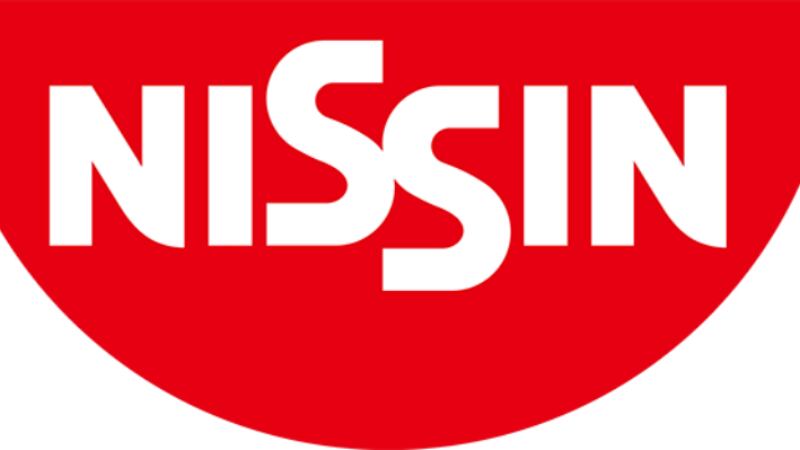New Chinese study highlights inadequacies of current International Diabetes Federation metabolic syndrome criteria
Criteria set by the International Diabetes Federation (IDF) may not be sensitive enough in identifying metabolic syndrome as opposed to the consensus definition, says a new study.
In this China study, metabolic syndrome was defined as ‘a cluster of the most dangerous risk factors for heart attack including diabetes, [high blood glucose], abdominal obesity, high cholesterol and high blood pressure’.
According to its website, the IDF terms itself as a ‘global advocate’ for diabetics, which ‘represents the interests of the growing number of people with diabetes and those at risk’.
“[Of over 7,000 adults that participated], the prevalence of metabolic syndrome was 16.9% and 23.8% according to the International Diabetes Federation criteria and the consensus definition, respectively,” said the authors.
Limonene studies: 'Paucity of data' around safe levels in food products
More detailed investigation is needed into the effects of flavour Limonene on modern food processing techniques, the degradation products generated, and the toxicity from such products, say researchers in India.
Limonene — a monocyclic terpene found in over 300 plants in different parts of the world — is a common flavour additive in food, beverages and fragrances, thanks to its lemon-like scent.
Because of its widespread usage, researchers at India's National Institute of Food Technology Entrepreneurship and Management sought to better understand its possible toxicological effects and the associated risk.
Expert analysis: Meat and seafood consumption in Asia will rise 78% by 2050
Asia’s appetite for meat and seafood protein will rise by an astounding 78% by 2050, driven by growing wealth and urbanisation in the region.
According to by Asia Research and Engagement’s (ARE) report ‘Charting Asia’s Protein Journey’, meat and seafood consumption in Asia will rise 33% by 2030, and 78% from 2017 to 2050.
“This will take place on the back of higher urbanisation rates, [economic growth, rising incomes] and growing wealth in emerging Asian countries,” said the report authors.
Plant-based omega-3: Groundbreaking metabolic engineering programme for canola in the spotlight at first NutraIngredients summit
A project that used gene technology to create canola oil that yields quantities of long-chain omega-3 previously only available in fish will be showcased at the first NutraIngredients Omega-3 Summit in Singapore.
The event, which takes place from February 20-22, will hear from Dr Surinder Singh, Chief Research Scientist and Group Leader, Plant Oil Engineering, at CSIRO Agriculture & Food in Australia.
He said: “Consumer demand for long chain omega-3 oils is growing faster than can be sustainably supplied from wild fish stocks. The race is on to find potential new sources, and the creation of land based plants that can yield omega-3 in the necessary quantities has been a long standing goal of bio-engineers. CSIRO’s Plant Oil Engineering Team and their commercial partner, Nuseed have finally achieved it. It’s good news for worldwide fish stocks, and for human nutrition.”
Drinking bottled water does not cause health problems: Abu Dhabi authority
The Abu Dhabi Food Control Authority has addressed public fear related to consumption of bottled water. A video circulated on social media recently claimed that drinking bottled water will lead to a host of health problems, including fatigue, headaches, and compromising the immune system.
In response to public concerns, the authority confirmed that all brands of bottled water on sale in the market were safe for human consumption, local media Gulf News reported.
Earlier this year, the Emirates Standardisation and Metrology Authority (ESMA) also assured that federal testing and monitoring of all plastic bottles in the country met domestic and international safety standards.
The assurance came after a study commissioned by Orb Media found that more than 90% of the world’s most popular bottled water brands contained tiny pieces of plastic.





